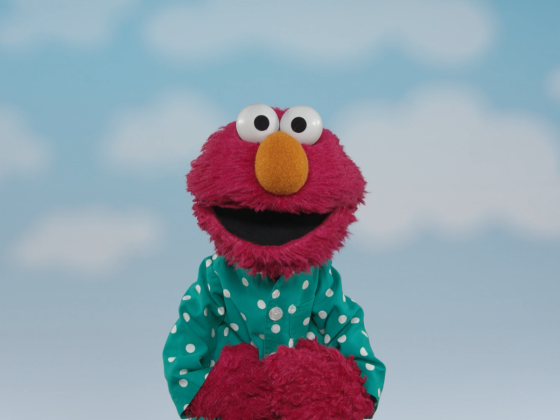
Listen, Feel, and See with Elmo
When children are in the hospital, this mindfulness game can help them soothe themselves.
There are many ways you can help children help themselves feel more comfortable and less anxious when they’re in the hospital. Together, watch this video in which Elmo helps children slow down and focus (and perhaps distract themselves from any discomfort). Try it along with your child.
- Listen. What do you hear? Is the sound loud or soft? Near or far? (Note: they don’t have to close their eyes if they don’t want to.)
- Feel. Touch whatever is nearby: a blanket, arm or chair, their lovey. How does it feel? (cool, warm, smooth, rough)
- See. Take turns naming all the things you see around you, as many as you can!
- You can add the senses of taste and smell when appropriate.
- Remind your child they can play this game on their own anytime they like!
Check out this article for more ideas on helping children during hospital stays.
Special thanks to Nadine Ulysse, MPH, Child Life Specialist, NewYork Presbyterian
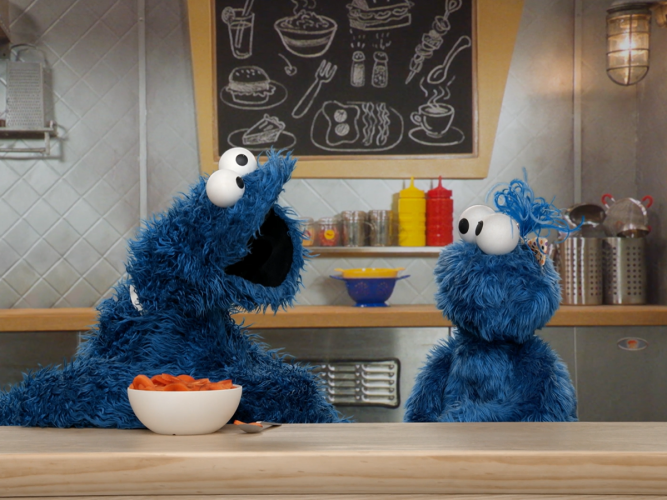
To Like or Not to Like
Like most children, Cookie Monster’s niece is a little… choosy. Check out his strategy for helping her try a new food!
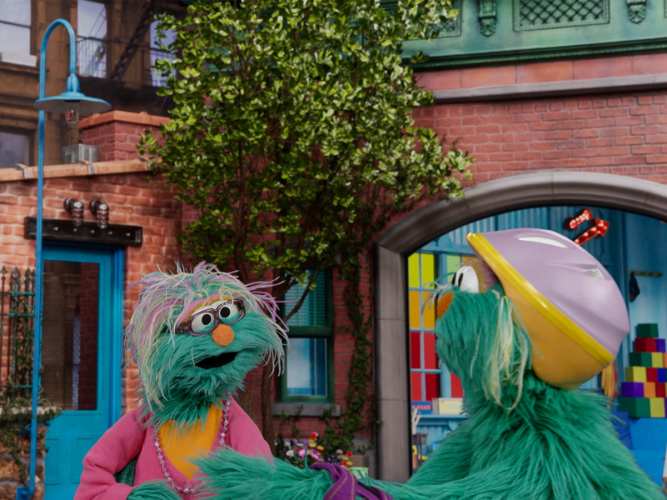
Parenting Moment: Describing
The way you talk with children matters! Your words have power.
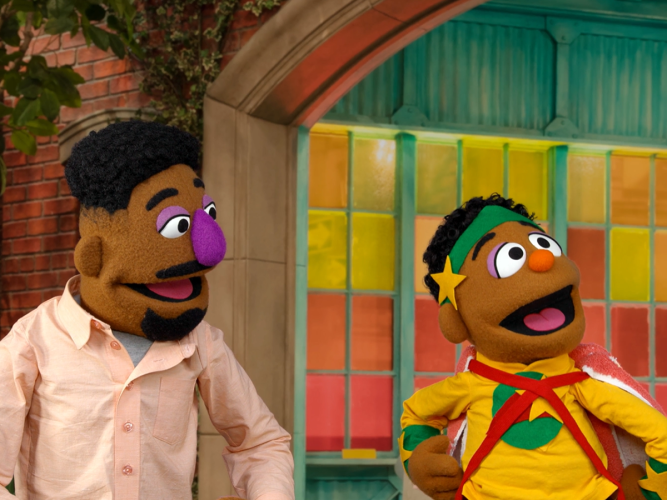
Parenting Moment: Imitating
Playing is learning! The way you play with children matters… your actions and words have power.
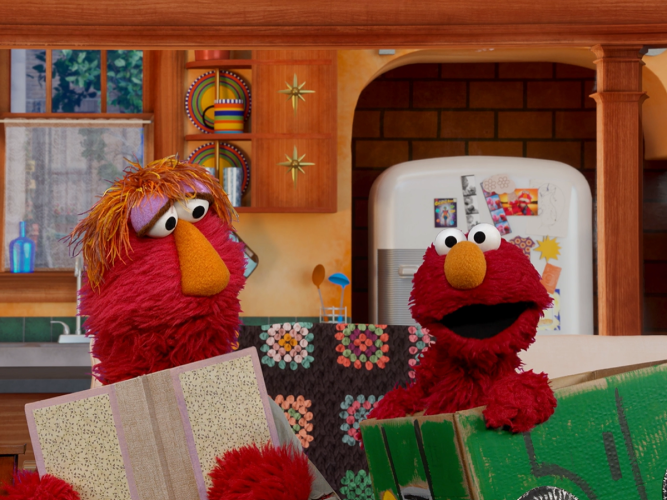
Parenting Moment: Reflecting
The way you talk with children matters… your words have power!
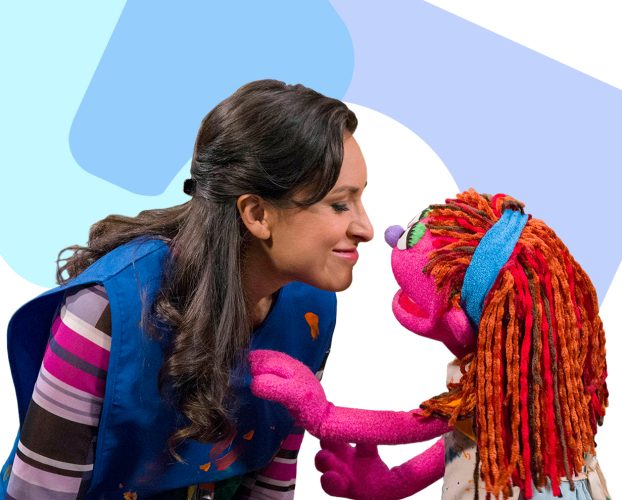
Creating Safety and a Sense of Home
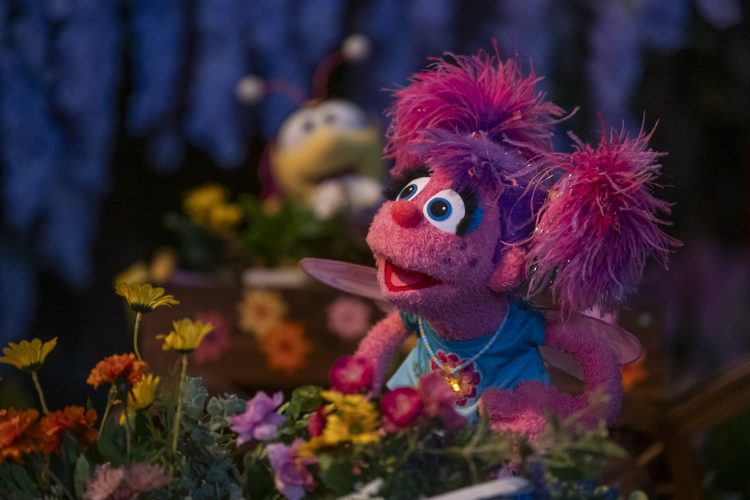
Watch and Play: Abby's Magical Beasties
Watch this episode and explore ways to extend the learning at home.
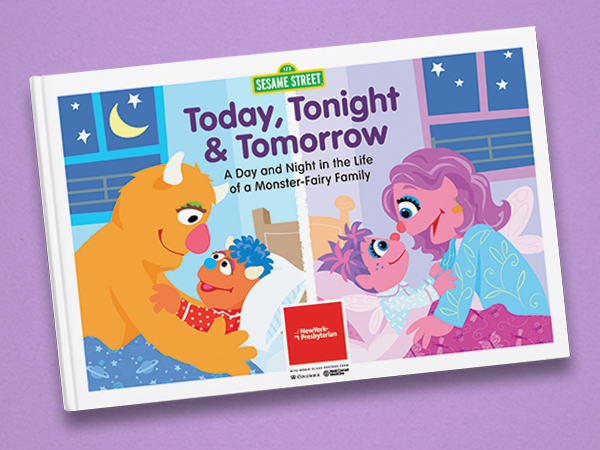
Today, Tonight, and Tomorrow
It takes a special kind of patience to handle children’s middle-of-the-night wakeups! Read about how a Monster-Fairy family manages it.
